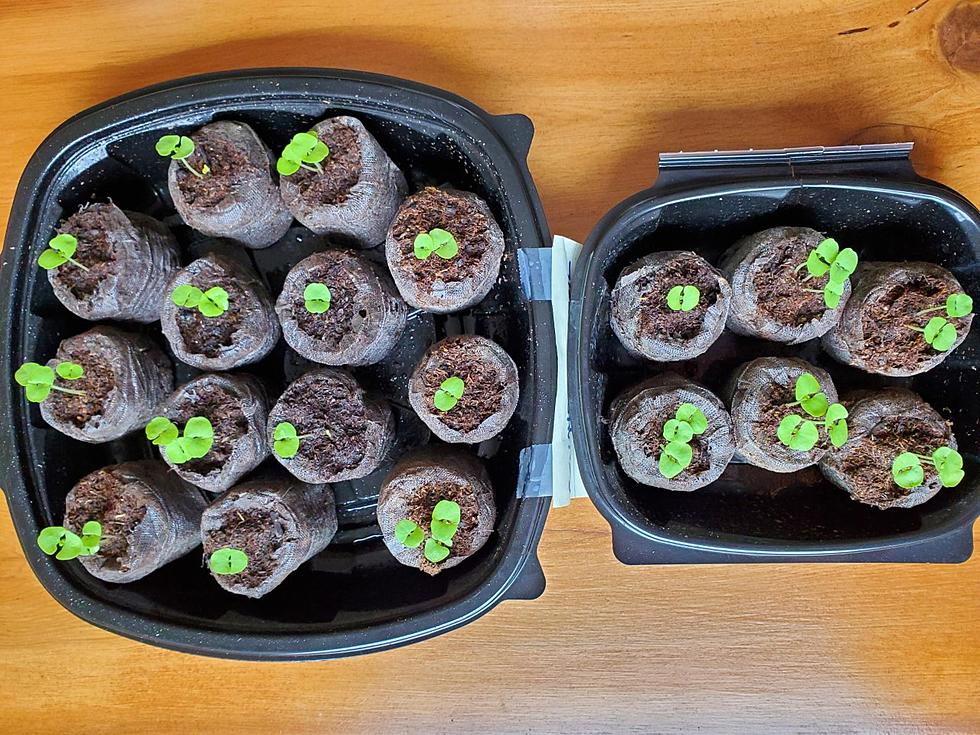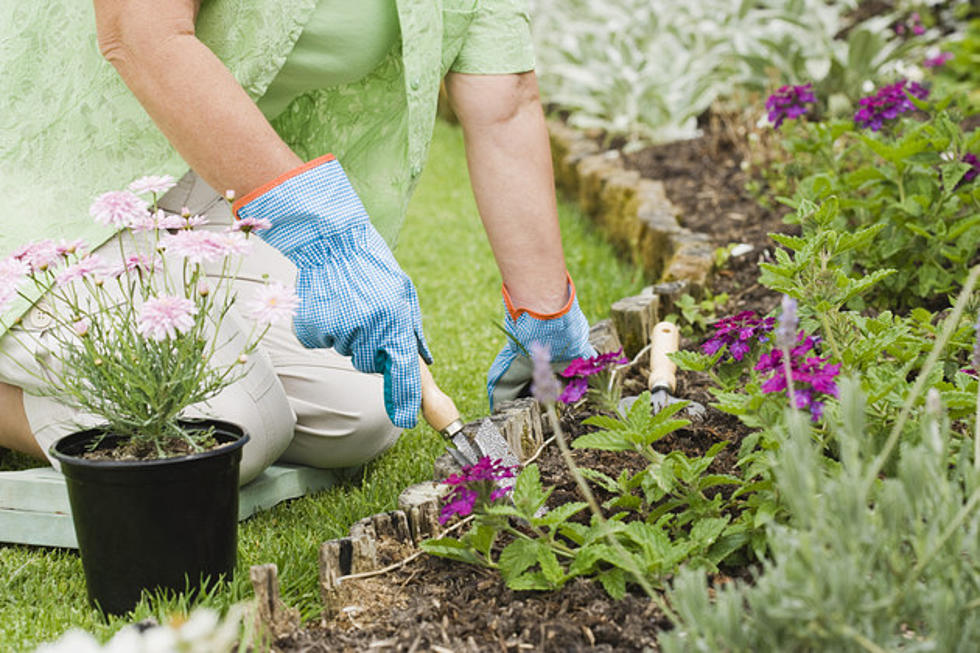
What I’m Seeing
By BILL CARAS
So, it snowed in April. No big deal for plants and gardens. Snow actually protects foliage, flowers, etc. from the air which can be much colder and, thus, more damaging than frozen water. Besides, most everything is still dormant and waiting for warmer temperatures.
Things are happening though. Grass is greening up, buds are swelling (particularly lilacs) and seeds are germinating (particularly weeds). Crocuses are up and, in warmer spots, already blooming. Hidden amongst the crocus are dwarf Iris which have similar color, height and bloom time. Other fall bulbs (tulips, daffodils) have grown handsome foliage and will be in color soon.
Less common bloomers showing off right now are hellebores (shade lovers) and Snowdrops. Snowdrops are fall planted bulbs (like tulips, daffodils, hyacinths and crocuses) which, I believe, are underutilized as they bloom early and reliably every year. The green foliage and drooping white flowers borne on six inch high stems appear in March and are a great pick me up after a long winter.
Otherwise, Aspen have started to bloom, but their brown hanging flowers are not particularly showy. At some point this late fall or winter my Witch Hazel bloomed, but I totally missed it and can only see the spent flowers. I have observed the emergence of small leaves close to the ground on some shrubs and expect things will begin happening quickly as soon as Mother Nature puts together a sustained string of warm days.
When this happens, soils will warm rapidly and the time for planting leafy and root vegetables will be upon us. Sans frost protection devices (of which there are a number), fruiting edibles (tomato, squash, cucumber, eggplant, etc.) have to wait till frost danger is past (usually late May). Peas go in early spring, beans late.
April is a good time for planting lots of other things provided they are frost acclimated. If the weather is cold and rainy, root and/or shoot growth will be slower, but this is not necessarily a bad thing as plants will be less susceptible to hard frosts. In other words, plants will develop in tune with the temperatures we’re experiencing and will be off to the races when favorable conditions occur.
There is also some winter burn showing up on evergreens (mainly Alberta Spruce, but there are others) which is primarily due to desiccation as a result of light (from the sun) reflecting off the snow. In many cases, the needles (leaves) are “burned” but the wood and buds are fine. Once new growth occurs in May and June, the plant will look good again. Sometimes, however, the aesthetic damage is too great and the plant may have to be replaced.
So, what am I seeing the most of this early spring in western Montana? The answer — people anxious for sunshine! To them I say, “Take heart, the season has begun and is coming along normally.” Soon enough, we’ll be complaining about the heat. And remember, an occasional dusting of snow in early spring is a welcome event for plants even though we humans may mutter, “not again!”
For more from local gardener extraordinaire and the only guy to successfully work the word "tree" into his phone number five times visit makeitmissoula.com.
More From 94.9 KYSS FM









